Amazonian 'zombie' fungus bursts through fly's body in grisly, contest-winning photo
This bug is a ticking time bomb of killer fungus.
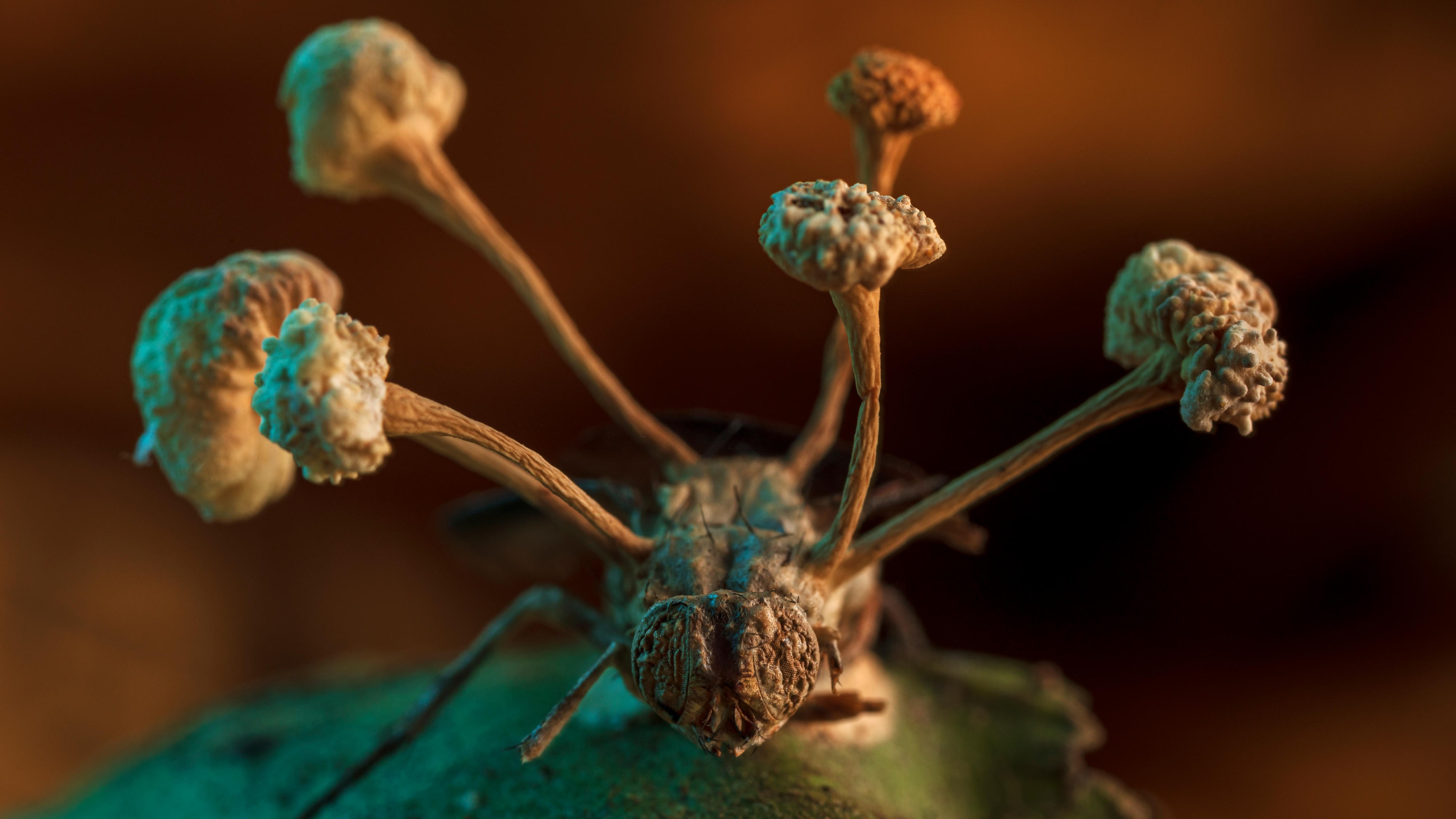
On a leaf in the Peruvian Amazon, a fly's exoskeleton bursts open. Seven fungal stems emerge, flaring outward in a twisted bouquet. The fungus already took control of the fly's mind and body — now, it's time to find a new victim.
This grim scene, which captures the simultaneous death of a fly and life of a so-called "zombie" fungus that preys upon insects, is the grand prize winner in this year's BMC Ecology and Evolution Image Competition — the second annual photo contest hosted by the scientific journal BMC Ecology and Evolution. Roberto García-Roa, an evolutionary biologist and conservation photographer with the University of Valencia in Spain, snapped the winning image while undertaking research in the Tambopata National Reserve in southeastern Peru.
"The image depicts a conquest that has been shaped by thousands of years of evolution," García-Roa said in a statement. "The spores of the so-called 'zombie' fungus have infiltrated the exoskeleton and mind of the fly and compelled it to migrate to a location that is more favorable for the fungus's growth. The fruiting bodies have then erupted from the fly's body and will be jettisoned in order to infect more victims."
Fungi like the one seen here are entomopathogenic — meaning they act as a parasite in insects, usually killing or seriously debilitating their hosts. These killer fungi earned their "zombie fungi" nickname because spores can take control of their hosts' brains and central nervous systems.
One zombie fungus that infects cicadas, for example, eats away at the abdomens of male cicadas, then releases psychoactive chemicals that cause the males to mimic female cicada mating behavior, Live Science previously reported. The mating call attracts healthy males to the infected zombie cicada, giving the fungal spores a parade of new hosts to latch onto.
It's not pretty — though some of the runner-up photos in BMC's competition certainly are. Other prize winners include a black-and-white image of a herd of African elephants sheltering from the sun under the branches of a baobab tree, and a close-up of an anole lizard with an air bubble perched over its nostrils so that it can breathe underwater.
You can check out all of this year's winners and honorable mentions at the BMC Ecology and Evolution journal's website, or in the gallery below.
Get the world’s most fascinating discoveries delivered straight to your inbox.
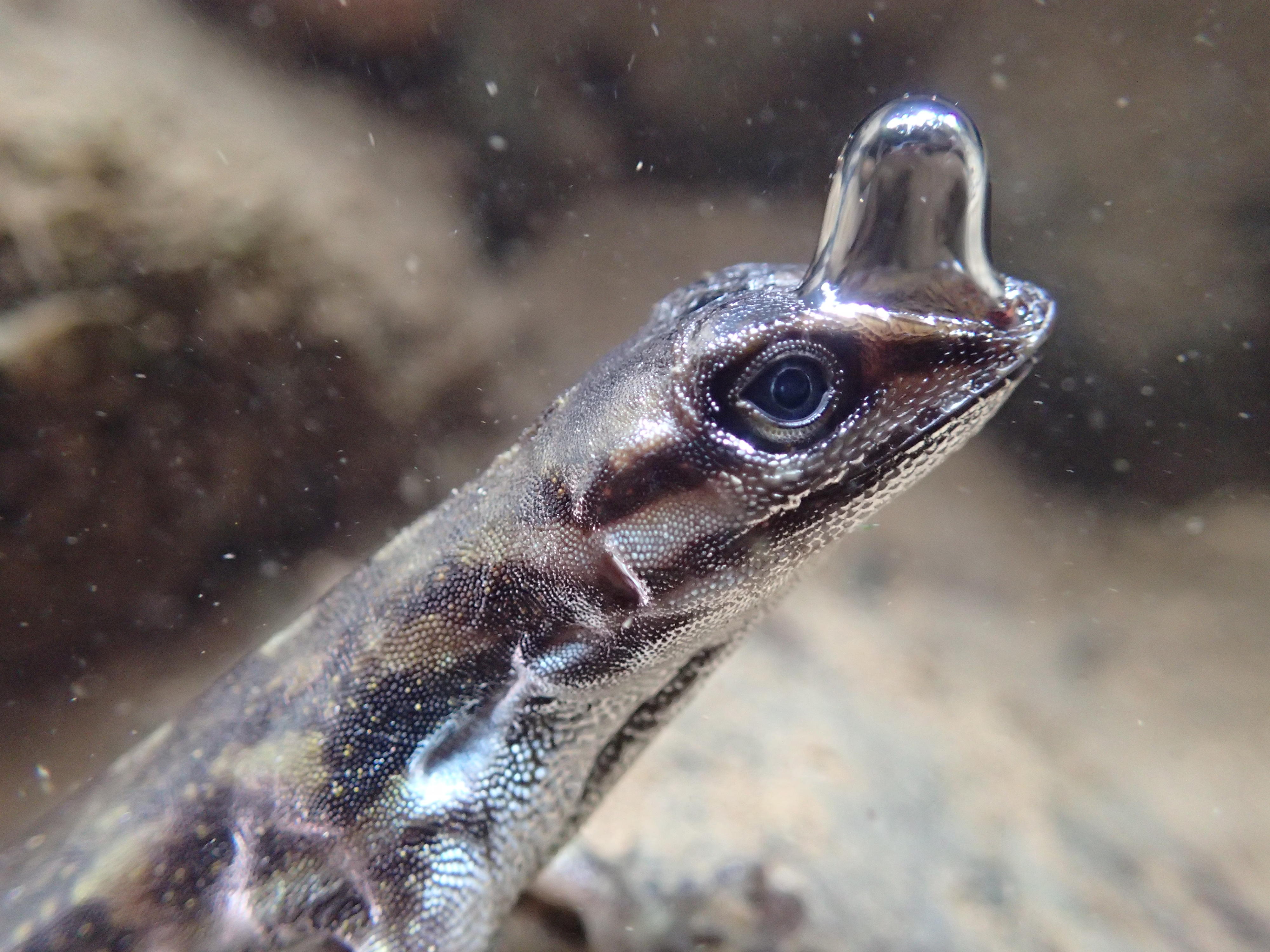
Bubble breathing
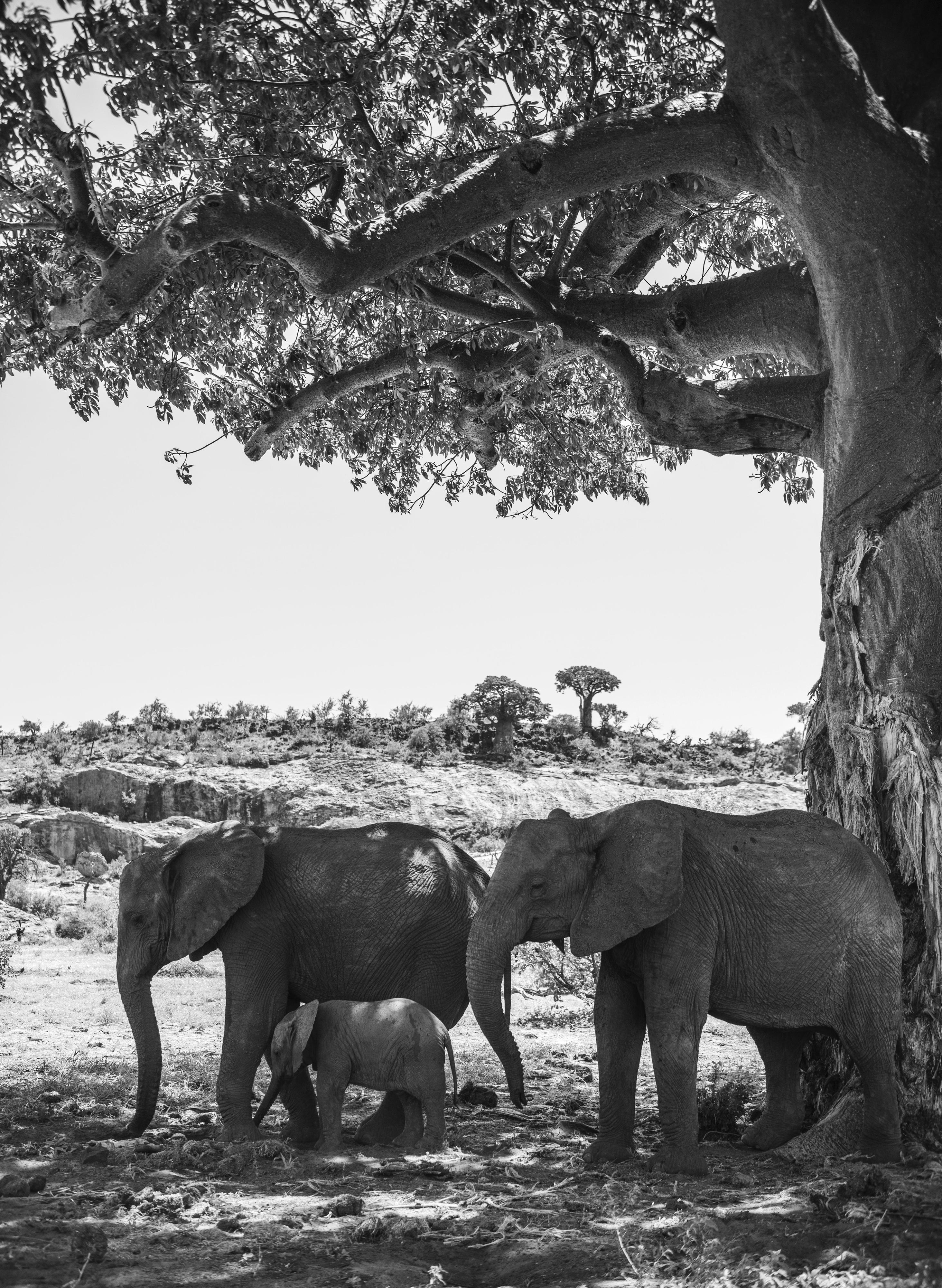
Taking a break
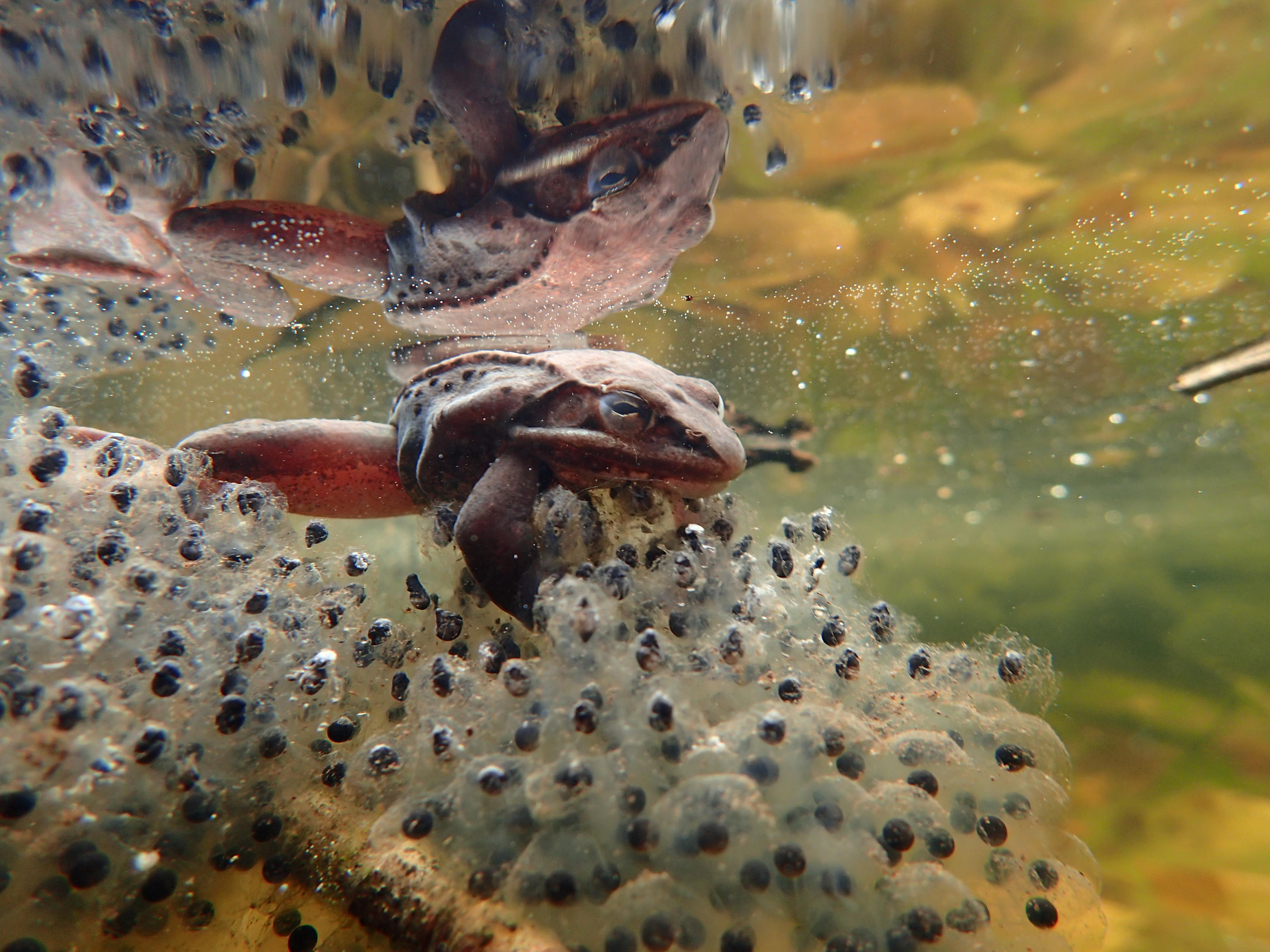
Guarding the kids
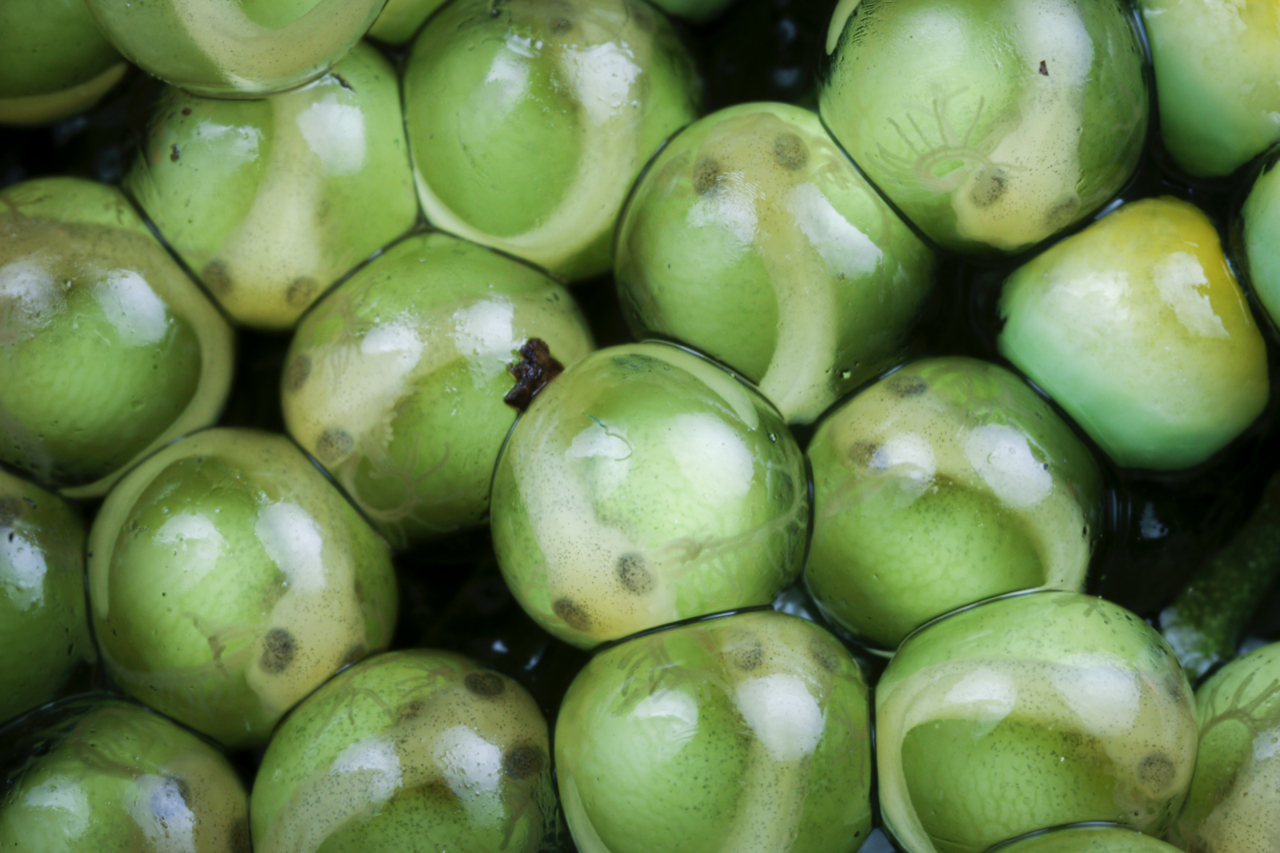
Sibling resemblance
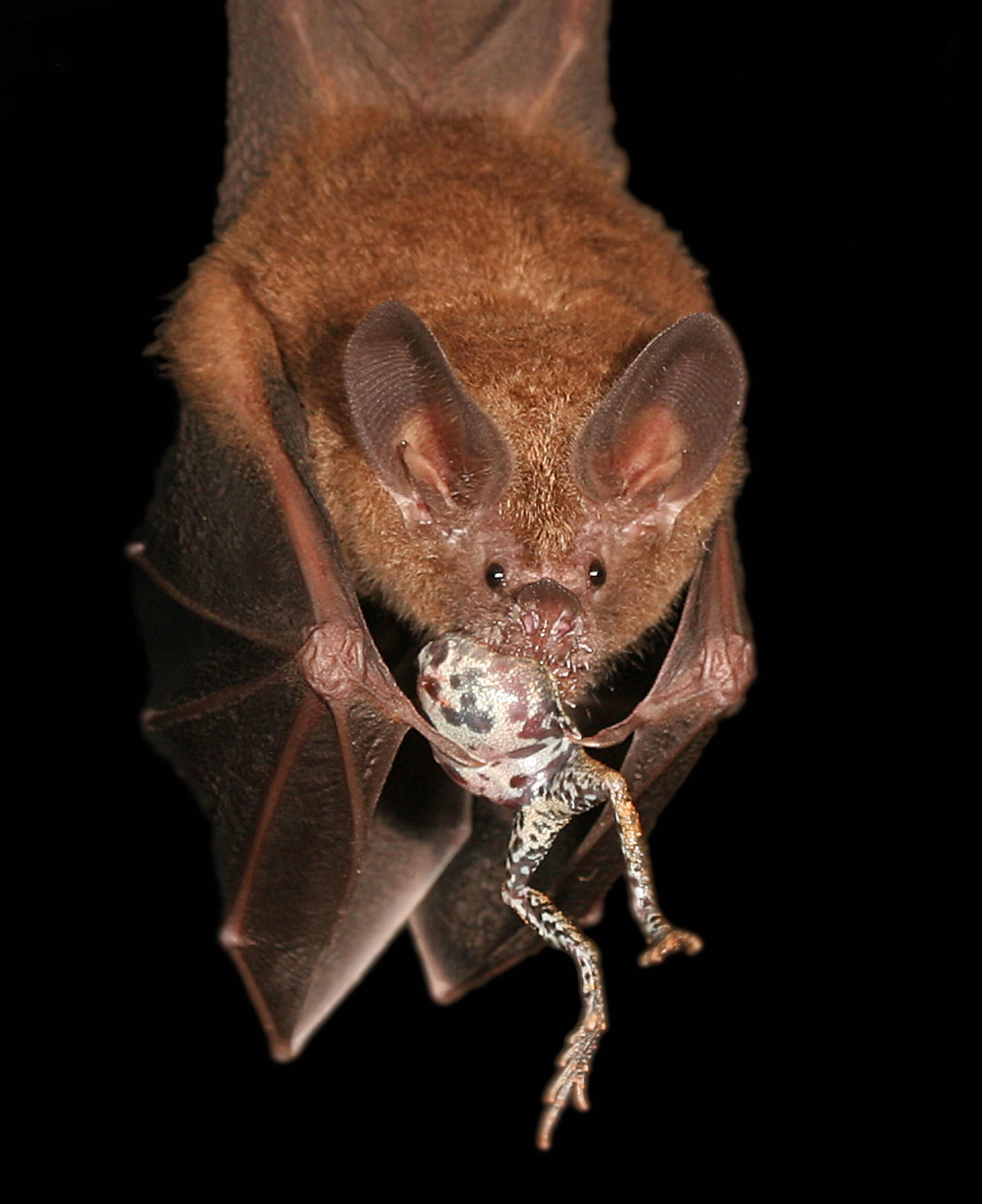
The dinner bell
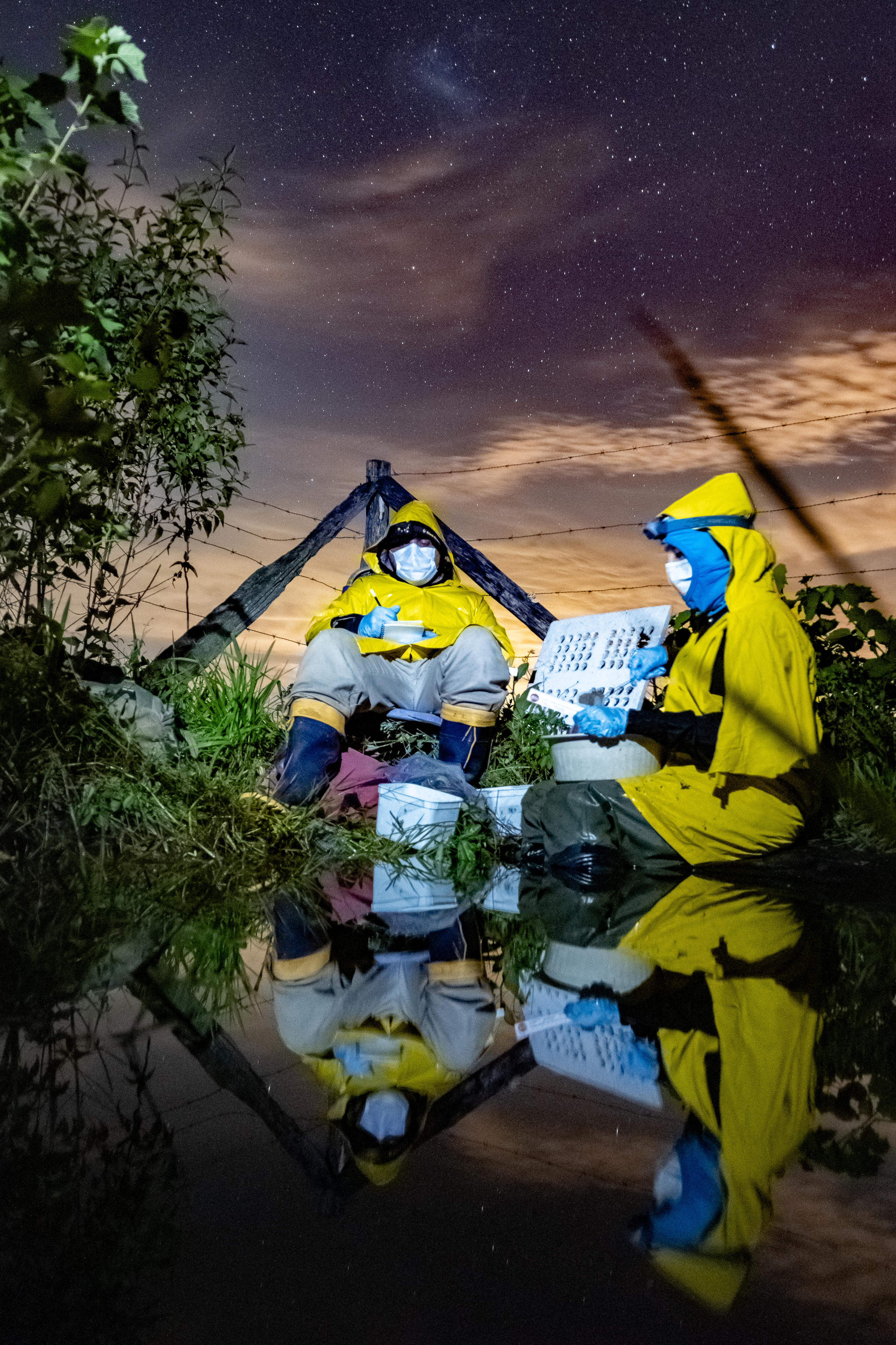
A day's work
Originally published on Live Science.

Brandon is the space / physics editor at Live Science. With more than 20 years of editorial experience, his writing has appeared in The Washington Post, Reader's Digest, CBS.com, the Richard Dawkins Foundation website and other outlets. He holds a bachelor's degree in creative writing from the University of Arizona, with minors in journalism and media arts. His interests include black holes, asteroids and comets, and the search for extraterrestrial life.


